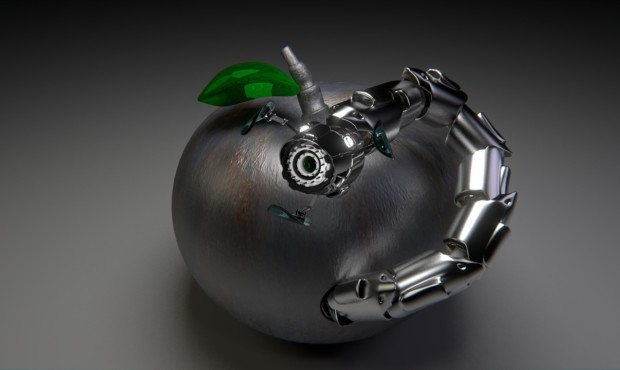Robotic Process Automation: technical pitfalls in RPA (Robotics) projects
There are many strategic recommendations are issued on how to structure RPA programs to achieve advanced Robotics, particularly on how to build RPA Framework, shape RPA capabilities, streamline Roles & Responsibilities within RPA project, enhance change management function throughout RPA journey, apply Lean and Agile in RPA projects, etc., however not much said and explored on what the technical pitfalls are and what actions are to be taken to ensure that your RPA project on a right track. Thus, we find it crucial to list some key technical pitfalls you might be facing with during your RPA journey in order to get you better prepared to deliver on promise of RPA. The list is not definitely complete as many challenges rising up on your way would be coming from the specific environment you would be working in and stack of technologies / platforms you would be utilizing in your RPA project. The list of most common tech pitfalls is below but not limited to:
- RPA Coding Standards and Principles. No matter which RPA platform you would be utilizing or how big is your development team – it is very critical to agree upfront within your dev team on coding standards and principles to ensure your TaskBot code is consistent and accurate across. This is not a discovery as this is a standard approach applied in software engineering world. Considering the fact that creating a TaskBot is also a part of the automation – respectively all basic principles used for classic automation are to be also applied for robotic process automation: DRY (Don’t Repeat Yourself), naming conventions, naming variables, commenting, portability, etc.
- RPA Programming Methods. There are two key programming methods applied for creating the TaskBot: UI (User Interface) and Background Programming. Before creating your TaskBot Structure and TaskBot Flow, you definitely need to question yourself which programming method would be applied for particular process. Selecting the most appropriate one will directly depend on the RPA platform you would be utilizing, third party applications capabilities you would be dealing with, process and environment peculiarities as well as your customer’s requirement on how end user wants to see particular TaskBot processing the data: either on background or UI.
- RPA Business Continuity. What could be the worse than losing all your works (created code) on a day you need go to prod? It’s really frustrating to see that your created code was lost due to inefficient set up on backing up your data. RPA development environment shall be set to provide 100% guarantee for source-code repository availability and consistency in order to ensure business continuity throughout your RPA project. Literally speaking, when your RPA dev team develops the Taskbots - all source-code that is being placed in Repository shall be stored on the redundant data-store which is properly backed up (or snapshots taken) in reasonable time-intervals (e.g. every hour).
- RPA Code Control Framework. Version Control System (VCS) (e.g. SVN or Git) is a backbone of any software development project including RPA-development project. Not having VCS properly integrated in your RPA development set up would lead to inconsistency and poor quality of your deliverables as well as would require extra efforts of your senior RPA developer to pull development outputs together to deliver the results. Thus, while setting up your RPA dev environment it’s highly recommended to foresee that VCS is set up in your RPA control room before you kick off your dev works.
- RPA Transition Code Principles. This would not be a surprise if you customer would tell you on certain stage that your Dev, QA and Prod environments are different. In order to manage this challenge - you would simply need to use configuration files where all variables are stored to manage differences between environments more efficiently.
The listed above pitfalls are the tip of the iceberg and to make sure that your RPA output is manageable, delivered in time and with a highest quality - you don’t need to forget to have right people with right tech skills in your team to deliver on promise of RPA.
ABOUT DMS Solutions:
DMS Solutions is a Robotic Process Automation (RPA) Provider delivering complete and end-to-end RPA solutions. We bring together intelligent RPA platforms and RPA enablement services to drive greater efficiency and accelerate the transformation. DMS Solutions operates across industries on European, North America and Asia markets and has offices in Hong Kong and Ukraine.
Willing to know more about our Robotic Process Automation Solution, please feel free to contact our Hong Kong or Ukrainian Office !
Watch our video on UI and Background programming!

